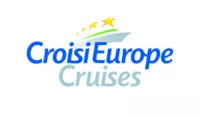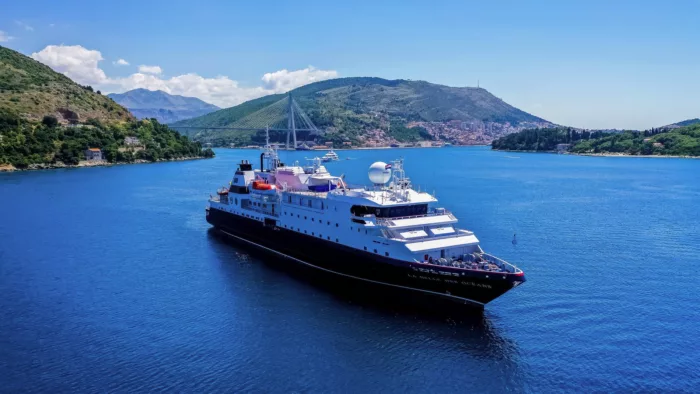
CroisiEurope
Known for its river cruises, CroisiEurope also offers ocean voyages on two small ships. Guests boarding the 130-passenger La Belle des Oceans (formerly Silversea's Silver Discoverer) can follow in Napoleon's footsteps, visit the hilltop villages of Balagne, and enjoy dinner at a traditional inn. Meanwhile, the 197-guest La Belle de l'Adriatique offers itineraries that take in local traditions.
130
Passengers
73
Crew
1990
Launched
2014
Last refit
5218t
Tonnage
103m
Length
15m
Width
14kts
Speed
5
Decks
USD
Currency
Cruise Itinerary
Day 1
Nice, France
Day 2
Livorno, Italy
Day 3
Portoferraio, Italy
Day 4
Alghero, Italy
Day 5
Porto Cervo, Italy
Day 6
Porto Santo Stefano, Italy
Day 7
La Spezia, Italy
Day 8
Nice, France

Day 1
Nice, France

Day 2
Livorno, Italy

Day 3
Portoferraio, Italy

Day 4
Alghero, Italy

Day 5
Porto Cervo, Italy

Day 6
Porto Santo Stefano, Italy

Day 7
La Spezia, Italy

Day 8
Nice, France
Ship Details


CroisiEurope
MV La Belle des Océans
It has navigated the world’s seas, drawing its long and majestic silhouette on the most distant horizons. A prestigious Premium ship, the MV La Belle des Océans provides the perfect setting from which to discover new itineraries and visit dream destinations.
Cabins
All Prices

